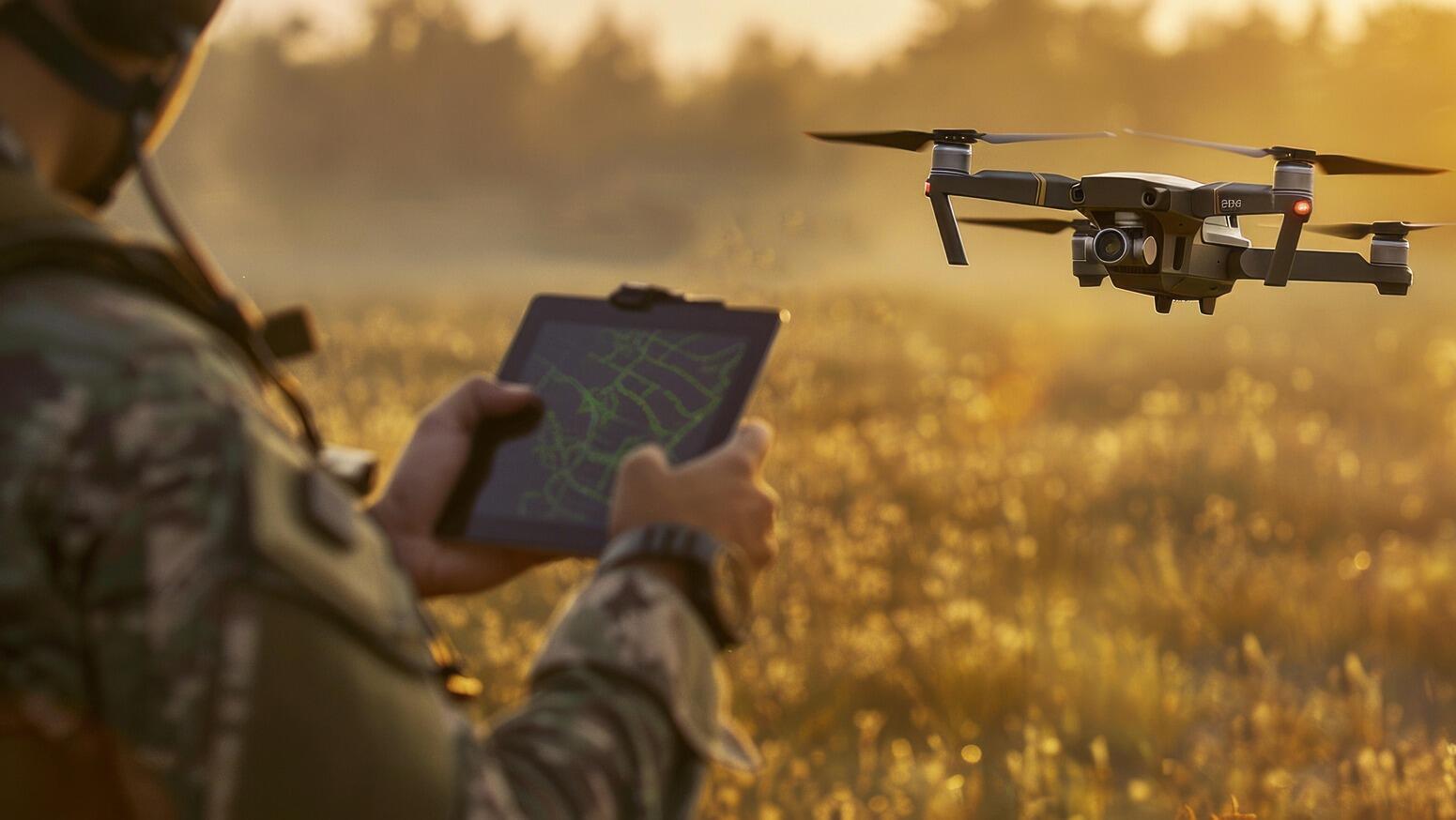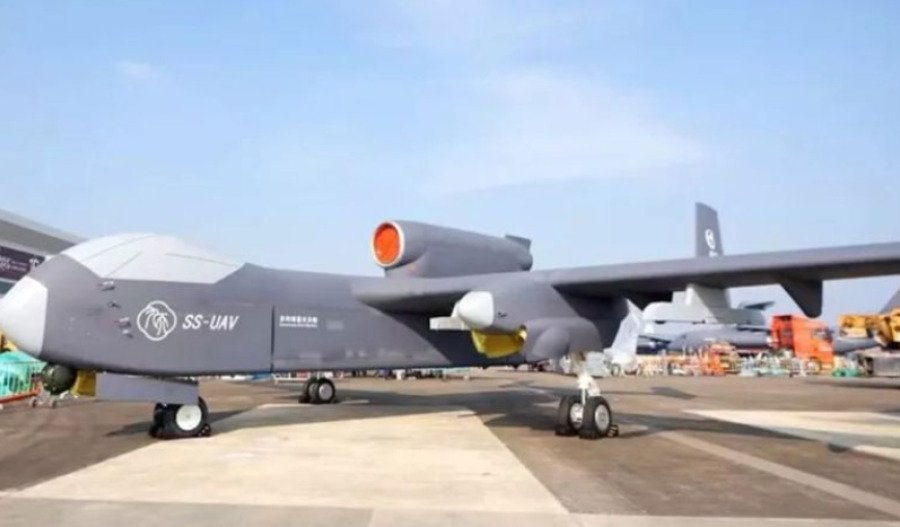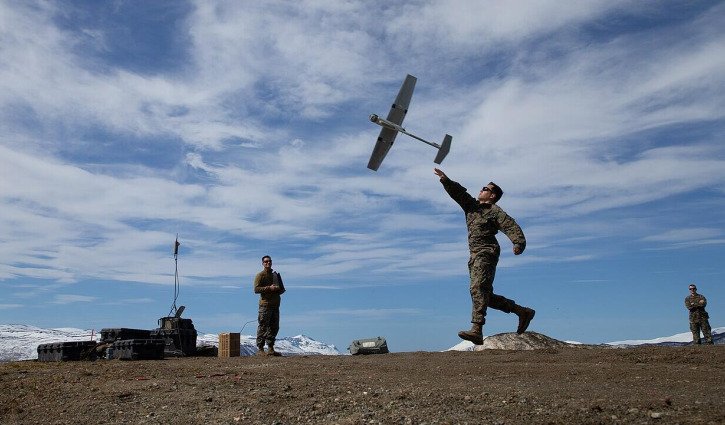The Trump administration's ambitious airspace overhaul promises American dominance, but can the FAA deliver where it's consistently failed before with surging drone tech?
The White House's latest executive order on drones and eVTOLs (electric vertical take-off and landing aircraft) reads like Silicon Valley fever dreams wrapped in red white and blue packaging.
Signed on 6 June, the directives make bold promises to unleash American drone dominance, while simultaneously kicking China's Shenzen-based DJI empire to the curb.
It's a numbers game
The centrepiece of the EO is the forcing of the FAA (Federal Aviation Authority) to finalise the Beyond Visual Line of Sight (BVLOS) regulations by February 2026 - a deadline that would make even the most optimistic regulator break out in cold sweats.
Industry watchers are increasingly concerned that delays signal internal challenges at the FAA - possibly resource constraints or shifting priorities.
Here's the rub of the green:
- The FAA has been promising BVLOS rules for years
- Congressional leaders warned in October that missed deadlines were already stalling industry growth
- The agency's waiver-based approach has become what lawmakers diplomatically call ‘cumbersome’ - bureaucrat-speak for completely knackered
As of April, there were >1 million registered drones, with commercial registrations totaling 420,825, recreational 383,007, and a whopping 444,960 certificated remote pilots.
Global drone market size projections show industry growth from $42.6 billion in 2023 to $122.97 billion by 2032, and U.S. commercial drone fleet projection showing current 863,000 registered drones potentially reaching 858,000 commercial units by 2026.
Companies like Zipline and Ameriflight have warned that prolonged delays could shift investment overseas.
Trump's executive order essentially puts a gun to the FAA's head: deliver or watch American drone leadership emigrate to friendlier regulatory climates.
The China problem
The orders establish a "Covered Foreign Entity List" within 30 days, directly targeting Chinese manufacturers. It's not just a ban - it's a blueprint for industrial resilience, according to China specialist Craig Singleton from the Foundation for Defense of Democracies.
But here's the uncomfortable truth: DJI didn't dominate through government subsidies alone - like what is potentially happening with its EV automotive industry - they just build better, cheaper drones.
Chinese companies own 90% of the consumer market, 70% of the enterprise market and 92% of America's state and local first responder market; and by 2024, DJI had a 79% global market dominance.
American manufacturers now face the classic protectionist paradox - shielded from competition but needing to innovate rapidly to justify that protection.
The Department of Defense has been ordered to expand its "Blue UAS List" of approved platforms - yet military preferences don't automatically translate to commercial success.
…just ask Boeing how government contracts worked out for their commercial aviation dominance.
The eVTOL Integration Pilot Program sounds revolutionary, but it's up to the FAA actually delivering regulations on time, American manufacturers scaling production whilst innovating, and the public embracing the tech.



